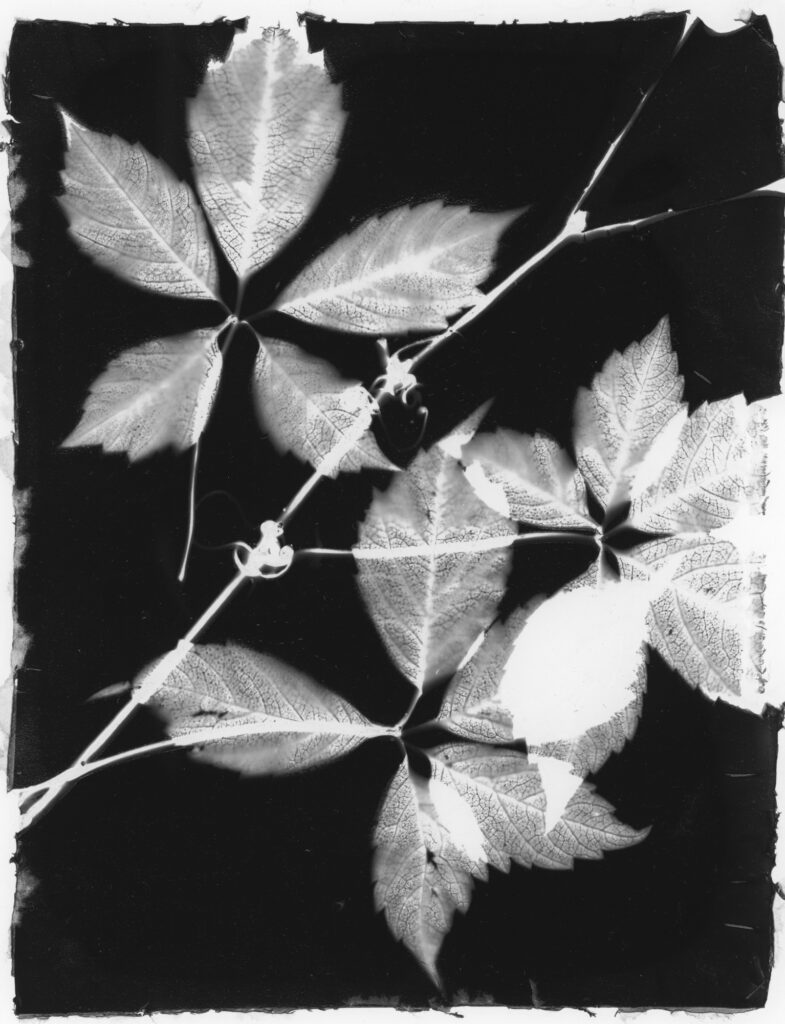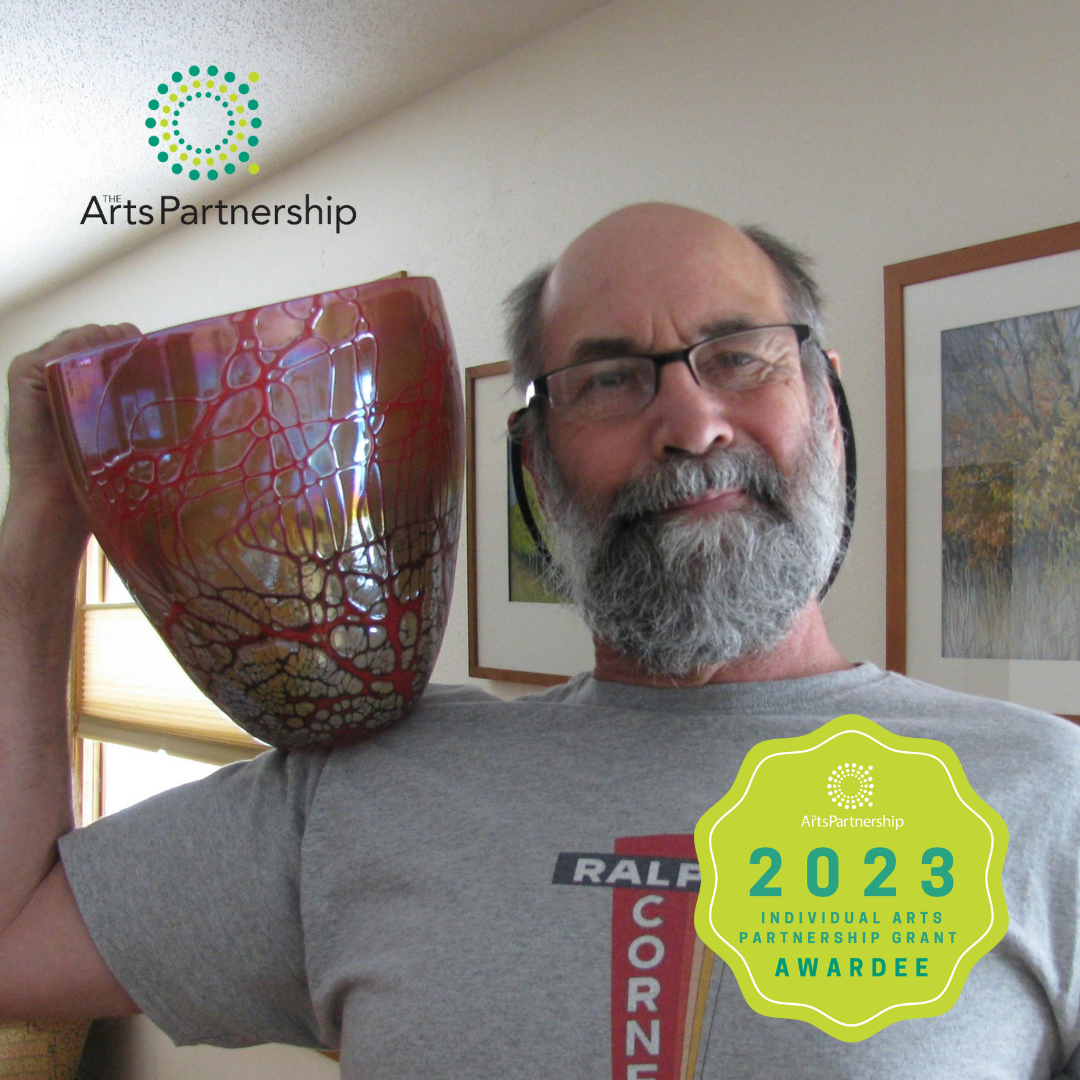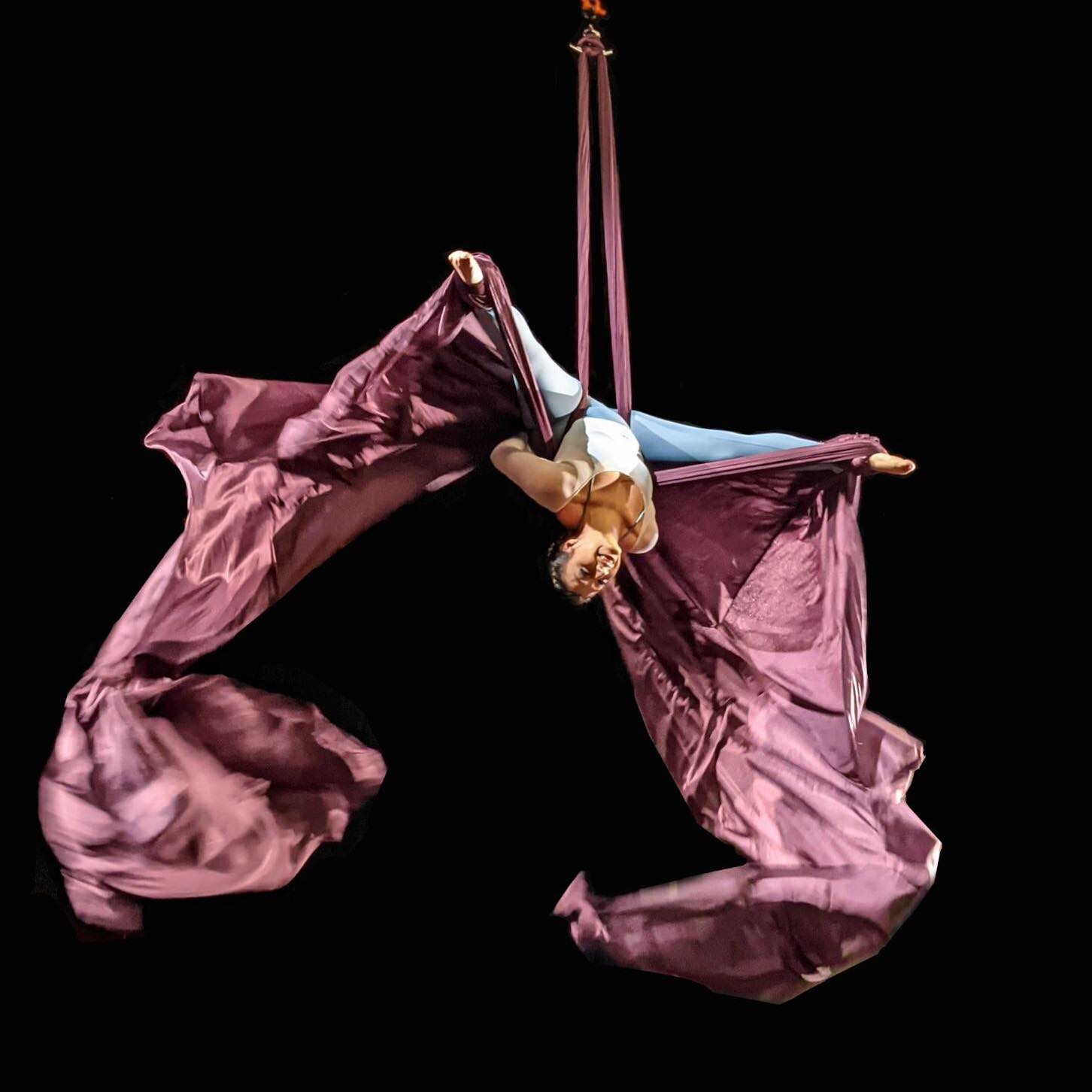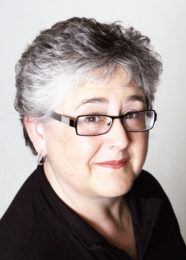Fargo-based artist explores nature's artifacts using 19th century process

Artist Meghan Duda uses carbon printing, a process invented in the 19th century that uses photo negatives to create highly detailed prints, like this image of a plant. Duda’s work was funded in part by an Individuals Arts Partnership grant from The Arts Partnership.
Photographer and NDSU Assistant Professor Meghan Duda considers her camera the ultimate ice-breaker when introducing herself to objects and artifacts she intends to capture with her lens.
“I pick a place I want to get to know and use the camera to better understand it,” she said. “My camera is just a way for me to get to know a piece of architecture or a landscape.”
But for two weeks this summer, Duda put her camera down and exchanged her typical photography process for a lens-free conversation with nature during an artist-in-residency at McCanna House in McCanna, ND.
Funded in part by support from The Arts Partnership and North Dakota Museum of Art, Duda used her residency to experiment with a 19th century image processing technique called carbon printing, a “completely home-cooked process that I just had to do in a rural farmhouse,” she said.
Discovered in 1864 by Sir Joseph Swan, carbon printing is a process that typically uses photographic negatives to create highly detailed, almost three-dimensional contact prints.
The process uses high-grade Sumi ink mixed with gelatin and water that’s then poured onto a sheet of paper and set out to dry. This pigmented gelatin tissue is then made light sensitive with potassium dichromate. The sensitized tissue is placed in contact with a film negative, and placed out in the sun. The gelatin hardens where it is touched by the light, and remains soft where the light is blocked. The soft gelatin is rinsed away with water, and what’s left behind is an intricate, tissue-thin inverted impression of the original negative.
A time lapse of Duda’s artwork.
Duda collected her own found objects in nature and used them in place of photo negatives.
“Rather than using negatives, I wanted to use the time at McCanna to explore making camera-less, photogenic recordings of botanical specimens from around the property,” Duda said. First, she observed and collected plant materials from around the McCanna House, then experimented with the carbon printing process.
“I basically needed water, sunlight and a hotpot to make the ink and gelatin solution,” she said. “Carbon printing doesn’t require a dark room, so I was able to make the tissues and process each image from the farmhouse.”
Though camera-free, the process of collecting, setting, inking, layering and drying the images is not for the impatient. However, the results are unlike any other image-making process, and one that celebrates the art of negative space.
“When we see a negative, it’s sometimes challenging to make sense of what the reality is, but I like the play of what is real and what our perception of reality is,” Duda said.
The photographer is currently in the process of finalizing her images and plans to begin the framing process soon. Meanwhile, she hopes to announce a date and location for her exhibition soon and is looking for a nontraditional space that can uphold the nonlinear aspects of the images.
“I really want a big white wall to hang the images from. I don’t want to display it in a linear fashion like you’d see in a traditional museum or gallery setting. I think these pieces need to be displayed in a way that represents the landscape.”
Learn more about Duda on her website at https://meghanduda.com/.

About the author
Lonna Whiting is a freelance writer and owner of lonna.co, a content marketing and communications agency located in Fargo, North Dakota. She is a frequent contributor to The Arts Partnership’s content library and also provides strategic communications consultation to the organization.
Whiting is a prolific advocate for Alzheimer’s Disease and dementia awareness. She serves on the board of Memory Cafe of the Red River Valley and writes frequently about her own mother’s decade-long journey with the disease.





